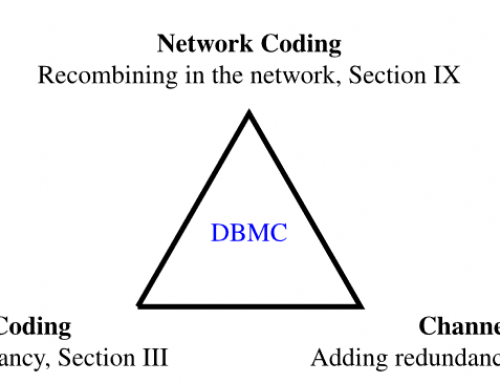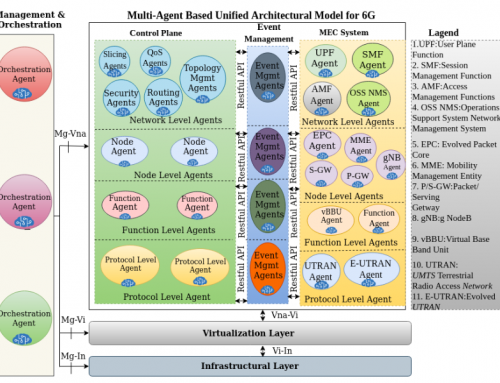Abstract:
Space Agencies from all over the world are planning human missions on the Red planet in the next 20–30 years. The landing of astronauts and their sojourn on the Martian surface will impose the presence in situ of some basic supporting infrastructures. Recent research by NASA highlighted the urgent necessity of providing efficient and readily-available wireless connection on the Martian surface, as well as long-haul connection to Earth. Thus, to fulfill the former, the objective of this paper is to study and assess a flexible 6G-based 3D network solution for mobile connectivity on Mars. 6G is going to provide guaranteed Quality-of-Service (QoS) for heterogeneous applications, while optimizing the use of the network resources. The Radio Access Network (RAN) of such an infrastructure will be fully softwarized together with the Next Generation Core (NGC). 6G 3D networks will employ drones, small satellites and orbiters due to the reduced distances between them, which can support low-latency wireless links. Moreover, rovers, landers and humans are regarded as end users of the system. An in-depth analysis regarding trade-offs to be accounted, when selecting a specific orbital altitude is detailed. Intensive end-to-end (E2E) emulation trials in OpenAirInterface (OAI) environment is carried out to test the feasibility of the whole network. The performance is evaluated by means of metrics such as E2E delay, packet loss and throughput. Finally, computational complexity and memory usage is estimated for each node of the proposed architecture.






